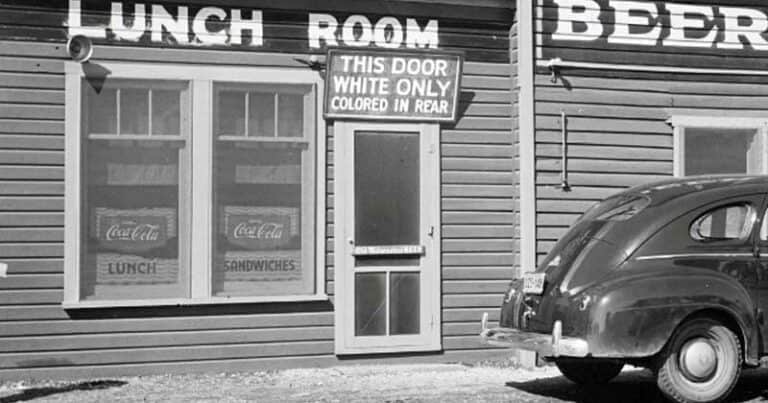The Great Train Wreck of 1918: Tragedy on the Rails
There have been many railroad accidents and derailments throughout history, but one of the most tragic events occurred on July 9th, 1918, in what became known as The Great Train Wreck of 1918.
The day started out as a normal day for Nashville, Chattanooga & St. Louis (NC&StL) Railway crews. Well, almost normal. NC&StL locomotive #281 led a train (#1) from Memphis to Nashville that was about a half hour behind schedule. Shortly after 7am, another train (#4) left Nashville with NC&StL #282 at the helm.

While the trains ran on long stretches of double tracks, there was a 10 mile stretch of single track on the western outskirts of Nashville. According to policy at the time, inbound trains were given right-of-way meaning train #4 would need to yield to the #1, if the latter hadn’t completed this section.
Aware of the single-track section, radio dispatch relayed information regarding #1 to the crew of the #4, along with yielding instructions. Dispatch instructed the #4 to visually confirm passing the #1 on the double-tracks by the time it reached the interlocking tower known as ‘Shops Junction’. If the crew was unable to do so, the #4 was to stop while still on the double track.
Unfortunately, crew members mistook sounds of switcher train for that of the #1 and continued to move forward. At the same time, a clear signal was given to #4 although there was no record of #1 passing (since it hadn’t physically done so).
As the trains rumbled down the Tennessee tracks at upwards of 60 miles per hour, the tower operator caught the error and an emergency signal was sent to the #4. The signal went unnoticed though as no crew members were near the signal at the rear of the train at the time.
Making matters even worse was the fact that the stretch of track was also in an area that featured multiple curves which limited how far ahead the engineers could see.
An Avoidable Train Wreck
With multiple opportunities to avoid an accident missed due to human error, the two trains collided at a point known as Dutchman’s Curve in Belle Meade, which was about 5 miles west of Nashville, at approximately 7:20am.

The impact of the two locomotives ramming into each other caused both trains to derail with a thunderous boom that could be heard for miles. The wreck was catastrophic as more than 120 people died and 170 were injured. Among the casualties was William Lloyd, the engineer on the #1 train, who was working his last day for the NC&StL.
The investigation completed by the Interstate Commerce Commision (ICC), which handled railroad safety jurisdiction prior to the Federal Railroad Administration, found fault with how lax the company was with policy; which, combined with human error, led to the train wreck.

Although tragic, the Great Train Wreck of 1918 did lead to a massive change in the industry regarding the material for passenger cars. At this time, many cars were made from wood and both trains included 6 wooden passenger cars. When the trains collided many of the wooden cars were thrown and completely destroyed.
While some railroad operators were moving towards passenger cars made from steel before the train wreck, the accident was the catalyst for many operators to make the switch quickly.
Following the train wreck, both locomotives were repaired and reentered service for the NC&StL Railway. Both locomotives would go on to have full careers with for the railroad before being retired shortly after World War II.




